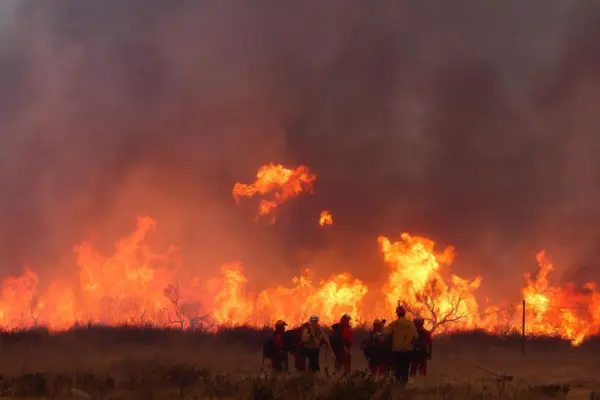Kenya Drought: Dying Livestock, Threatened Women and Realities of Climate Change
With dried up rivers and wilted and perished vegetation, northern Kenya is dealing with a humanitarian crisis amid the devastating drought triggered by climate change
After the two weeks of sole focus on COP26 (which did not yield any expected results, not even remotely), I am not going to waste a single breath on the unproductive event. Instead, I will draw your attention to the situation that Kenya is going through at the moment. Drought has affected the northern Kenya once again, which is, as you guessed, another gift of the changing climate.
Ever since I began to understand the ways of the world, there are two things that I have wanted above all – world peace and no more hunger. Alas, Kenya is going through a dry spell with dying livestock and starving masses.
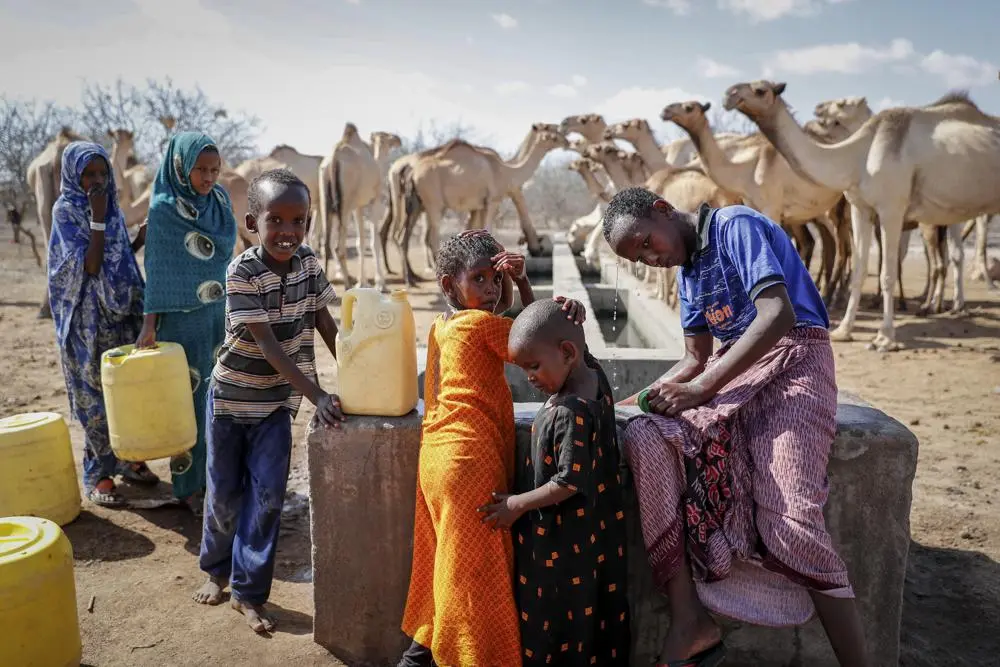
Image: Brian Inganga/AP
As the world leaders addressed the global climate summit in Glasgow, pastoralists are helplessly watching their animals suffer from the lack of water and food. Many pictures of animals lying dead on the parched ground have taken over the internet by storm.
Herder Yusuf Abdullahi had to watch 40 of his goats die of hunger – their white carcasses dotting the thirsty land. He says, “If they die, we all die.”
Drought and Death in Kenya
Droughts in Kenya have become more frequent, leading to crop failures and devastation as three-quarters of the country’s population depend on agriculture and livestock. Moreover, many pastoral regions witness deaths of up to half of the livestock as the droughts hit.
Some areas of northern Kenya have not seen a single drop of rain in over a year. The rivers have dried up and vegetation is wilted and perished in the region. Rangers and herders, along with their families are trying to do whatever they can to keep animals alive.
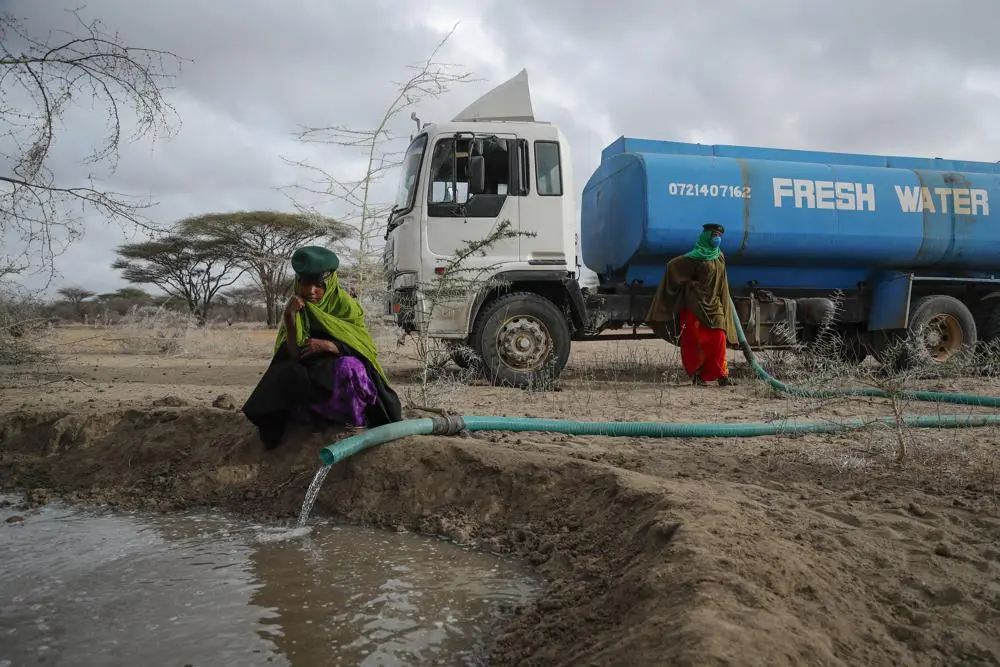
Image: Brian Inganga/AP
The chair of the Subuli Wildlife Conservancy, Mohamed Sharmarke said that with the heat on the ground, starvation has increased and wildlife has started to die. To deal with the water scarcity, people fill plastic containers from boreholes, while rangers from the Subuli Wildlife Conservancy transport water in tanks.
The loss of a herd of sheep, a caravan of camels or a drove of cattle can devastate a family as they depend on the livestock for their livelihood. As the climate in the north is already arid, the climate crisis has exacerbated the dry in the land and air.
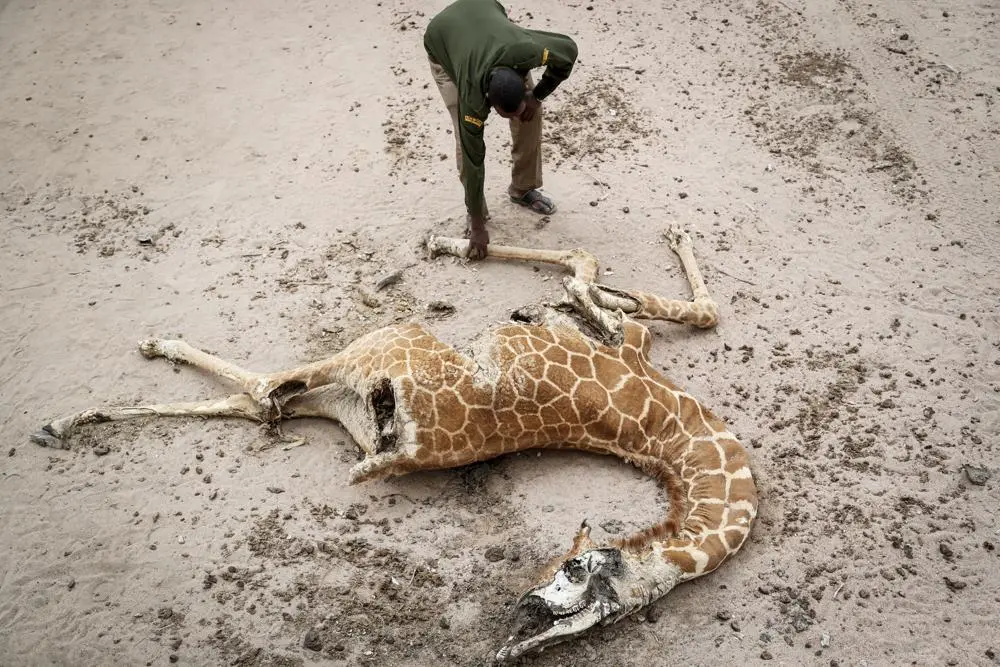
Image: Brian Inganga/AP
Kenyan government declared a national disaster in 10 of its 47 counties. According to the UN, over 2 million people are critically food insecure. Furthermore, as people trek farther and farther in search of food and water, interactions between communities have created conflicts.
Experts have warned that these climate events will only become more frequent and more intense across the African continent. Unfortunately, the continent contributes the least to the global warming but will bear the harshest brunt of it.
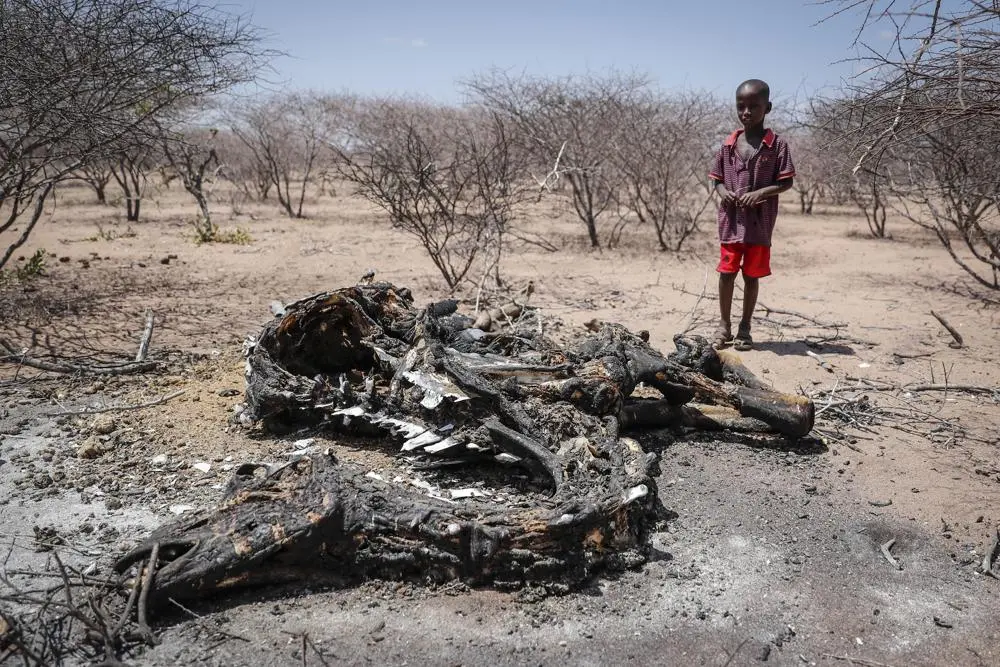
Image: Brian Inganga/AP
Vulnerable Women
The drought in Kenya has emerged as a massive threat to women in the region. As the climate realities set in, people in African country are finding it hard to sustain their families and in a drought, those realities become more nightmarish.
Women in Kenya are potential victims of “drought-instigated violence.” These already marginalized women are at great risk of sexual molestation as they trek long distances in search of potable water. Moreover, they are the unintended victims of tribal conflicts amid dwindling resources as conflicts rise between communities.
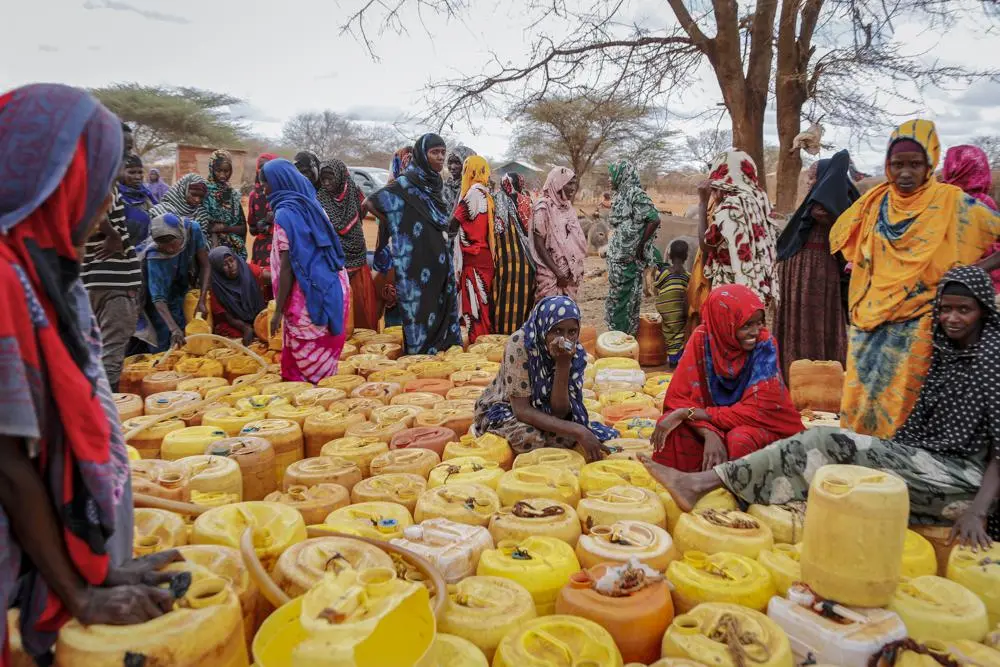
Image: Brian Inganga/AP
John Kitui, country director of Oxfam Kenya, an organization that works with local groups helping to build resilience, said;
As the drought continues, families have nothing to fall back on and are forced to marry off daughters early to receive dowry payment. Without school fees, it is often girls who are forced out of class who then bear children at a young age. The resulting stress often leads to domestic violence.
A 2021 food and water assessment report for Samburu country in northern Kenya revealed that conflicts instigated by “competition for rangeland resources…have resulted in loss of people’s lives and their livelihoods,” with local leaders reporting increased climate-related cases of domestic violence.
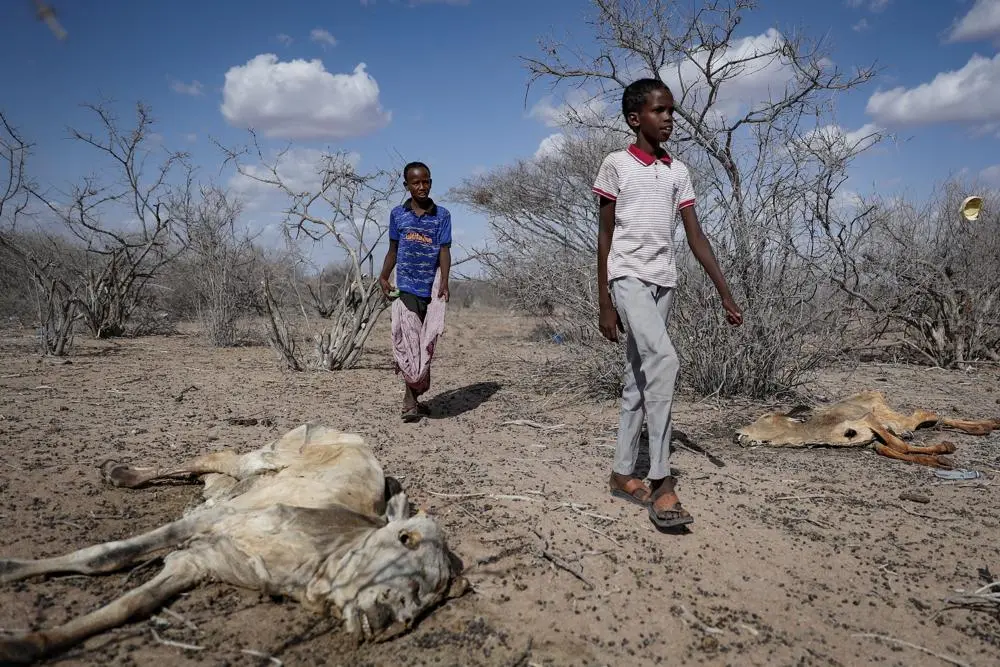
Image: Brian Inganga/AP
Women in marginalized communities in Africa are exposed to great risk of attacks from men and from wild animals as they have to travel farther from home to gather water, food or firewood amid declining resources. These women believe that their future security mostly depends on political efforts such as COP26 climate conference.
But how can they ever be safe if the world fails to address the issue in a proper way? Besides, all talk and no work makes it futile to even think that humankind can save the planet from an impending doom that is staring us right in the face.
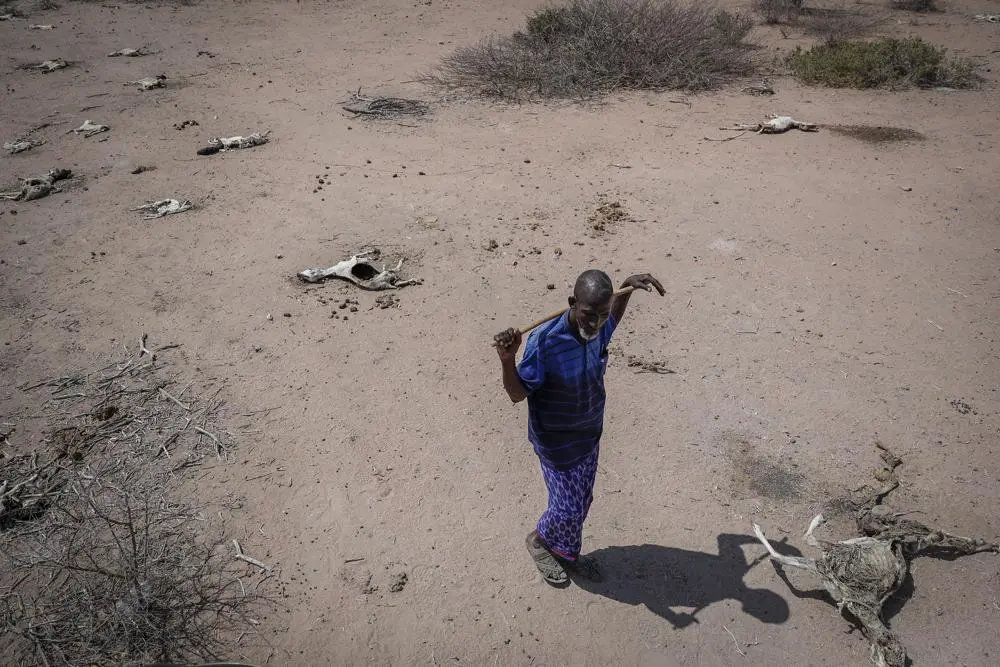
Image: Brian Inganga/AP
With more dry conditions expected, only time will tell how the people in northern Kenya will manage to save their livestock and women in the community from pain and death.
Via: Washington Post/The Guardian

